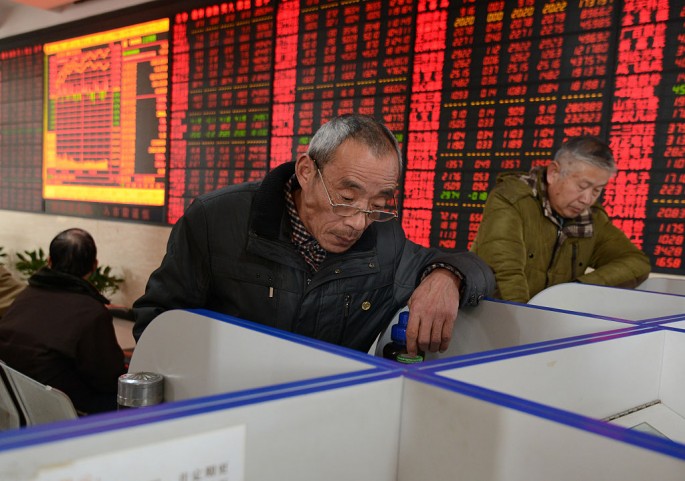The World Bank chief economist and former senior vice president, Justin Yifu Lin, said that despite the weak global demand, there are still many opportunities for China to experience economic growth in 2016.
He concedes, in a speech in New York on Thursday hosted by the National Committee of U.S.-China Relations, that while China is a transition economy and the nation has a lot of structural internal problems, the economic contraction that started in 2010 was because of external and cyclical issues.
Lin points out that other emerging markets are also going through similar economic deceleration that are worse than China's. It is the experience even among high-income and high-performing nations such as Singapore and South Korea.
Rather than focus on the global market, the economist advises China to zero in on boosting domestic demand by improving infrastructure, investing in environment production and continuing urbanization. He also pushes for boosting productivity to move China into a high-income nation from its current standing as middle-income country.
Lin explains, "Supply side reform tries to improve the production sector of China in order to improve the productivity. Secondly, China needs to digest those excess capacities so resources can be relieved for the growth of other sectors," quotes Xinhua.
Also optimistic about China's prospects in 2016, despite the sliding yuan and stock trading suspension, is Mark Williams, chief Asia economist of Capital Economics Ltd. in London. He forecasts, "Sentiments about China is so downbeat right now that there's a good chance of a positive surprise over coming months," quotes Bloomberg.\
Williams notes that there are signs that China's policy is having an impact and majority of more reliable indicators of the economy have stabilized. He cites expected continued gains in retail sales and acceleration in industrial output from November to December with the release of the monthly indicators on Jan. 19.



























